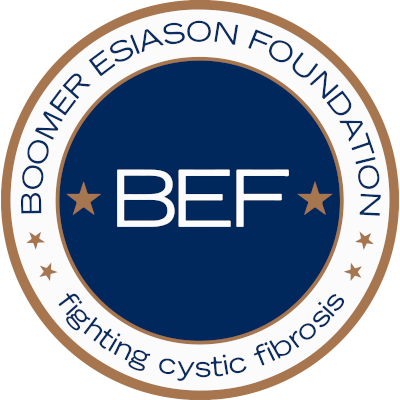By Anne Hudsmith, Medical News Today
A comparative study published in July 13 issue of JAMA noticed treatment based on a new invasive diagnostic procedure for treating cystic fibrosis in infants that involves obtaining and culturing fluid samples from the lungs, when compared with standard diagnostic procedure, did not have a lower prevalence of lung-damaging infection or structural lung injury at 5 years of age.
Early age cystic fibrosis in children especially with Pseudomonas aeruginosa, attributes to increased morbidity and mortality. It is often difficult to diagnose P aeruginosa infection in patients with cystic fibrosis; especially in non-expectorating (cannot discharge sputum) cases. An alternative diagnostic tool used in case of non-expectorating cystic fibrosis in young children is Bronchoalveolar lavage (BAL), but according to background information mentioned in the article, evidence available in favor of its clinical benefit is limited. BAL is a diagnostic procedure in which fluid is injected via a bronchoscope through the mouth or nose into a small portion of the lung. The injected fluid is later recollected and examined.
Whether or not BAL-directed therapy for pulmonary exacerbations in the first 5 years of life in infants with cystic fibrosis reduced P aeruginosa infection and structural lung injury at age 5, was examined by Claire E. Wainwright, M.B.B.S., M.D., and colleagues in the Australasian Cystic Fibrosis Bronchoalveolar Lavage (ACFBAL) randomized controlled trial. Dr. Claire serves at the Royal Children’s Hospital, University of Queensland, Brisbane, Australia.
The study included newborns diagnosed with cystic fibrosis from screening programs across 8 Australasian cystic fibrosis centers. Recruitment period started from June 1999 and lasted till April 2005, while the study ended on December 31, 2009. Study comprised of two treatment arms. 84 infants received BAL-directed treatment whereas 86 were put on standard therapy (based on oropharyngeal [pertaining to the mouth and the pharynx] cultures) till age 5 years.
In the BAL-directed group, therapy for BAL was administered first before 6 months of age when the infants were well, secondly when hospitalized for pulmonary exacerbations with P aeruginosa being detected in oropharyngeal specimens, and lastly after P aeruginosa eradication therapy. Treatments administered were on account of BAL or oropharyngeal culture results. At age 5 years primary outcomes were prevalence of P aeruginosa on BAL cultures in both the BAL-directed as well as standard therapy groups along with total cystic fibrosis computed tomography (CF-CT) score (as a percentage of the maximum score) on high-resolution chest CT scan.
Out of the total 267 infants who were screened, only 170 were randomized of which 157 completed the study. For none of the primary outcomes, no statistically significant between-group differences were observed. In the BAL-directed therapy group, P aeruginosa infection diagnosed by BAL culture was detected in 8/79 (10 percent) vs. standard therapy group’s 9/76 (12 percent).
For the second primary end point i.e. for outcome of average total CF-CT score data was obtained from 76 children (90 percent) in both study groups. The average total CF-CT scores for BAL directed therapy was 3.0 percent and 2.8 percent for the standard therapy groups.
The scientists conclude:
“This study highlights the importance of examining diagnostic and management interventions using appropriately designed randomized controlled trials in a clinical practice setting. BAL-directed therapy provided no clinical, microbiologic, or radiographic advantage and led to an increased risk of predominantly mild adverse events as a direct result of bronchoscopy as well as disadvantages such as the need to fast prior to the procedure, exposure to anesthesia, and potential perioperative anxiety.
BAL remains a useful research tool in young, nonexpectorating children with cystic fibrosis. In clinical practice, however, BAL is perhaps best reserved for young children whose conditions are deteriorating despite parenteral [by injection, usually through the veins] antibiotic therapy, when unusual or antibiotic-resistant pathogens, including clonal P aeruginosa strains, are suspected, and to diagnose patients with chronic P aeruginosa infection.”
Source: Medical News Today
